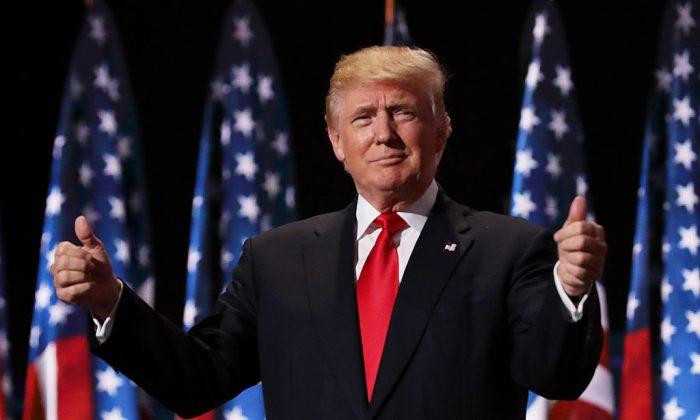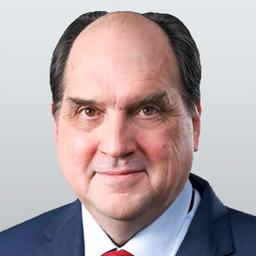If Donald Trump listened to the experts, he would have stopped campaigning long ago. As recently as Oct. 23 an ABC/Washington Post poll showed Hillary Clinton leading by 12 points, and media were speculating how large Clinton’s blowout victory would be.
Shy Voters
Trump’s hopes for a comeback win have long seemed to hang on his belief that the polls are not honest or accurate.His partisans agree, often telling anecdotes about “shy” Trump voters who intend to vote for him but, because of social pressure, will not admit their true intentions to pollsters.
John J. Pitney, Jr., the Roy P. Crocker Professor of American Politics at Claremont McKenna College, isn’t buying the shy voter theory, pointing in an email to two pieces of evidence: the polling of the primaries and the results so far in early voting.
“The polls did not underrate Trump during the primaries,” Pitney wrote. The polls during the primaries came reasonably close to the actual results, which would not be possible if shy voters had suddenly appeared.
“As of today, at least, there is no sign that early voting is trending Republican overall,” Pitney wrote. Once the voting starts, one can see how many voters are backing a candidate, and the vote totals don’t suggest shy voters are coming out of the woodwork.
Another theory floated suggests that because many of Trump’s voters have never voted before, pollsters haven’t known how to accurately sample them.
Momentum
In fact, with the presidential race entering the home stretch, the polls Trump has dismissed have started tightening. On Oct 15, a Real Clear Politics average of national polls had Trump down by 6.7 points. As of Nov. 1, that number had narrowed to 2.2 points.Also, the continuous drip of Wikileaks revelations drawn from the hacked email account of Clinton campaign manager John Podesta may also be dragging Clinton down—in particular, the detailing of how the Clinton Foundation apparently became a way for the power couple to make money off Hillary Clinton’s time in office.
Whether Trump’s momentum will continue is impossible to predict, but paths to victory that previously had not been evident are starting to look possible, although perhaps not yet likely.
If Trump wins Florida and Ohio, but fails to carry Pennsylvania, he would need to find 17 electoral votes among such states as Colorado (9 electoral votes, Clinton up 4.6), Iowa (6 electoral votes, Trump up 1.4), Nevada (6 electoral votes, Clinton up 1), New Hampshire (4 electoral votes, Clinton up 5.6), and New Mexico (5 electoral votes, Clinton up 7.3).
Alternative Forecasts
If the election were a game of pool, Trump would need a perfect break to sink all the hotly contested states he needs to win, but if you were in a betting mood, three different forecasts might encourage you to take the odds on his making that shot.The Primary Model: Looking at the primaries

The model uses two factors: how candidates fared in their party’s primaries and how long the party in power has held the White House. After a party has held it for two terms, the people tend to want a change.
MoglA: Using Social Media to Predict

The Key to the White House: 13 Key Statements
Professor Allan J. Lichtman is Distinguished Professor of History at American University. His book, “Predicting the President: the Keys to the White House,” lays out 13 key statements that predict the winner according to whether they are answered as true or false. If six of the statements are false, then the party in power loses.
Using his keys, Lichtman predicts Trump will win. Lichtman has been right in the eight presidential elections since 1984, and he stands behind his prediction in spite of the accusations of sexual misconduct that have been brought against Trump. But Lichtman admits this year’s contest is so unusual his keys might not be an accurate guide.






Friends Read Free